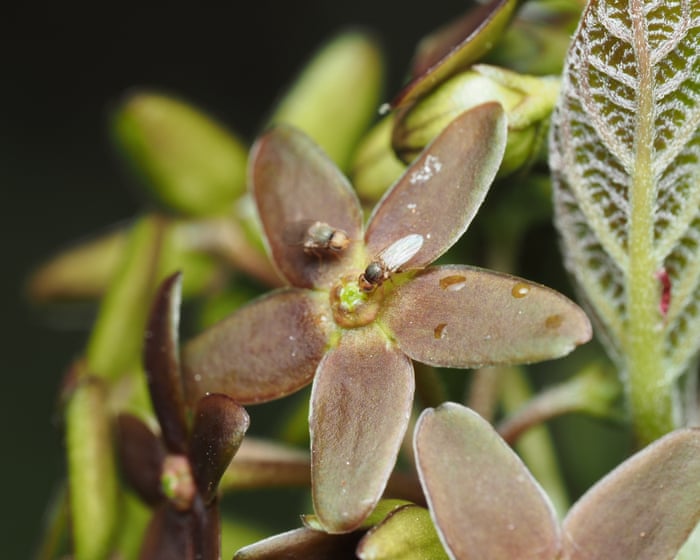Cheap supplies of HIV-prevention jab for poorer countries hailed as ‘genuine chance to end’ global epidemic
PositiveScience

A groundbreaking HIV prevention jab, lenacapavir, is set to be available at an affordable price of $40 per patient annually in 120 low- and middle-income countries starting in 2027. This initiative, backed by funders and generic drug manufacturers, is seen as a significant step towards potentially ending the global HIV epidemic. With lenacapavir being described as the 'next best thing' to an HIV vaccine, this development offers hope for millions who are at risk, making prevention more accessible and affordable.
— Curated by the World Pulse Now AI Editorial System





